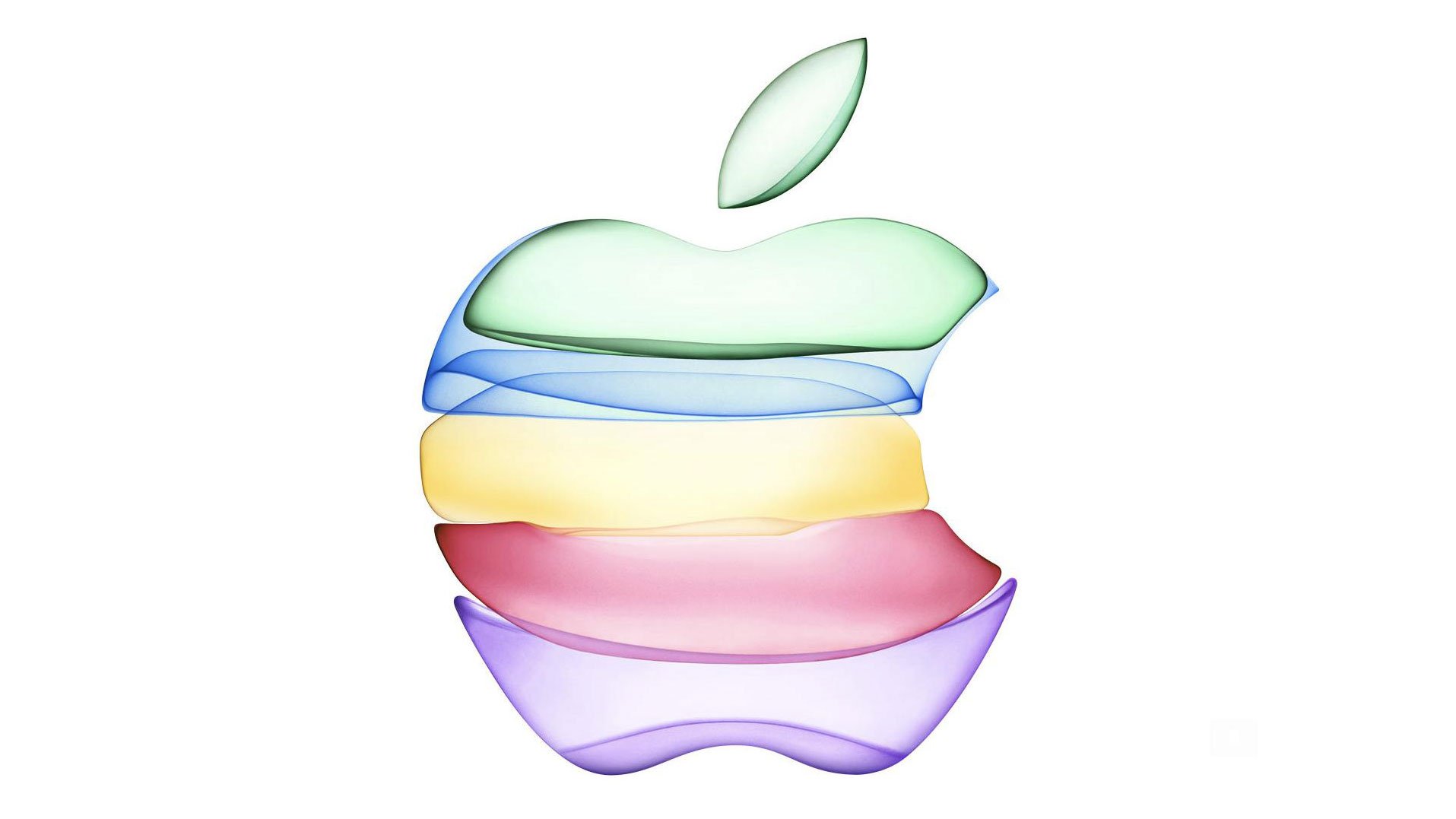Showing us all how it's done, Apple $AAPL roars ahead on the popularity of the iPhone 13 with $123.9 B in revenue, its highest yet, surpassing sales targets on every product line, bar iPads.
Image via Apple
Dialing it up
Soaring by 11 percent for the quarter, Apple clocked in at $123.9 billion for its first quarter, its highest quarterly earnings yet, flying past investor and industry expectations and outselling sales goals in every category, bar its iPad product line. Supply chain hurdles created by bottlenecks during the pandemic accounted for the holdup on iPads as demand has still been insatiable.
“This quarter’s record results were made possible by our most innovative lineup of products and services ever. We are gratified to see the response from customers around the world at a time when staying connected has never been more important. We are doing all we can to help build a better world — making progress toward our goal of becoming carbon neutral across our supply chain and products by 2030, and pushing forward with our work in education and racial equity and justice.”
Live on January 27, 2022, Apple’s Investor webcast for Q1 2022 is available for two weeks after. Here are the consolidated statements (PDF).
Apple CEO Tim Cook in Los Angeles, CA. © Lucy Nicolson, Reuters
Improvements in Supply Chain
When Apple introduced its own Apple chip (M1 series) for its MacBook Pros, its highest performing asset during the fourth quarter of 2021, the company eliminated a major supply chain bottleneck and logistical constraint, removing its dependence upon Intel. The last quarter of 2021 also included holiday sales. Apple has faced some bottlenecks with semi-conductor chip supply for ‘legacy nodes,’ during the pandemic, like all businesses and industries that require these silicon components for their products. Nonetheless, the company has done very well in taking control of its business supply chain. Despite supply chain bottlenecks, Apple still increased iPhone sales by 9 percent — an accomplishment the company is proud of.
What’s the difference between ‘leading edge’ chips and ‘legacy node’ chips? Leading edge chips consist of the robust processors required to drive the iPhone’s core functionality while ‘legacy node’ chips consist of simpler, less sophisticated parts to manage power or run displays.
Taking into account uncertainty due to the pandemic, Apple has not provided estimates for the next quarter. However, Apple CEO Tim Cook did say that the supply chain is improving in an interview with Julia Boorstin of CNBC, which she shares during CNBC’s Squaw Box. Apple CEO Tim Cook also told CNBC that Apple was inevitably facing inflationary pressure as it could not be avoided.
“What we expect for the March quarter is solid year-over-year revenue growth. And we expect supply constraints in the March quarter to be less than they were in the December quarter.”
Quick Breakdown of Category Sales
In September 2021, Apple released new iPhone models. The last quarter of 2021 offered up insight on iPhone 13 sales, given that it was the first reporting and sales cycle, with strong demand, up 9 percent to $71.63 billion.
Other areas of Apple’s business grew at faster rates such as Services that includes iCloud, Apple Music, App Store fees and search licensing up to 25 percent for the year to $19.52 billion. Services have become Apple’s most profitable business sector unit. Other product categories such as the Apple Watch including the Series 7 Watch and AirPods (newer version) each grew by 13 percent over the year.
Macs led Apple’s hardware sales, growing 25 percent to reach $10.85 billion, including the well-received MacBook Pro models at $1,999 apiece featuring the new Apple chip.
While iPad sales did not meet investor analyst estimates, Apple CEO Tim Cook explained that while demand was high, Apple was unable to make sufficient iPads due to large supply chain constraints.
Lifting Up the Dow and S&P
Just three weeks ago, Apple became the first company to reach a $3 trillion market value, lifting up both the S&P 500 and Dow to record closing highs. The company closed out 2021 beating estimates by Factset.
Turning iPhones into Cash Payment Terminals
Citing anonymous sources, Bloomberg reports that Apple intends to turn iPhones into direct cash payment terminals, enabling merchants to accept payments via a tap of a credit card or another iPhone and without requiring additional hardware. Apple’s privacy-enabled Apple Pay has been hugely successful and with the iPhone already offering versatile functionality and reaching users worldwide, this payment option can further simplify the payment process for many merchants. It also could put Apple into direct competition with Block-owned Square known for its ubiquitous square-shaped device that pulls into existing smartphones and tablets to enable payment processing.
In 2020, Apple paid $100 million for Mobeewave to build out this functionality. Mobeewave was a Canadian startup that developed technology for smartphones to accept payments with just a tap of a credit card. The new payment system is expected to use the iPhone’s NFC or near field communications chip that is used for Apple Pay.


